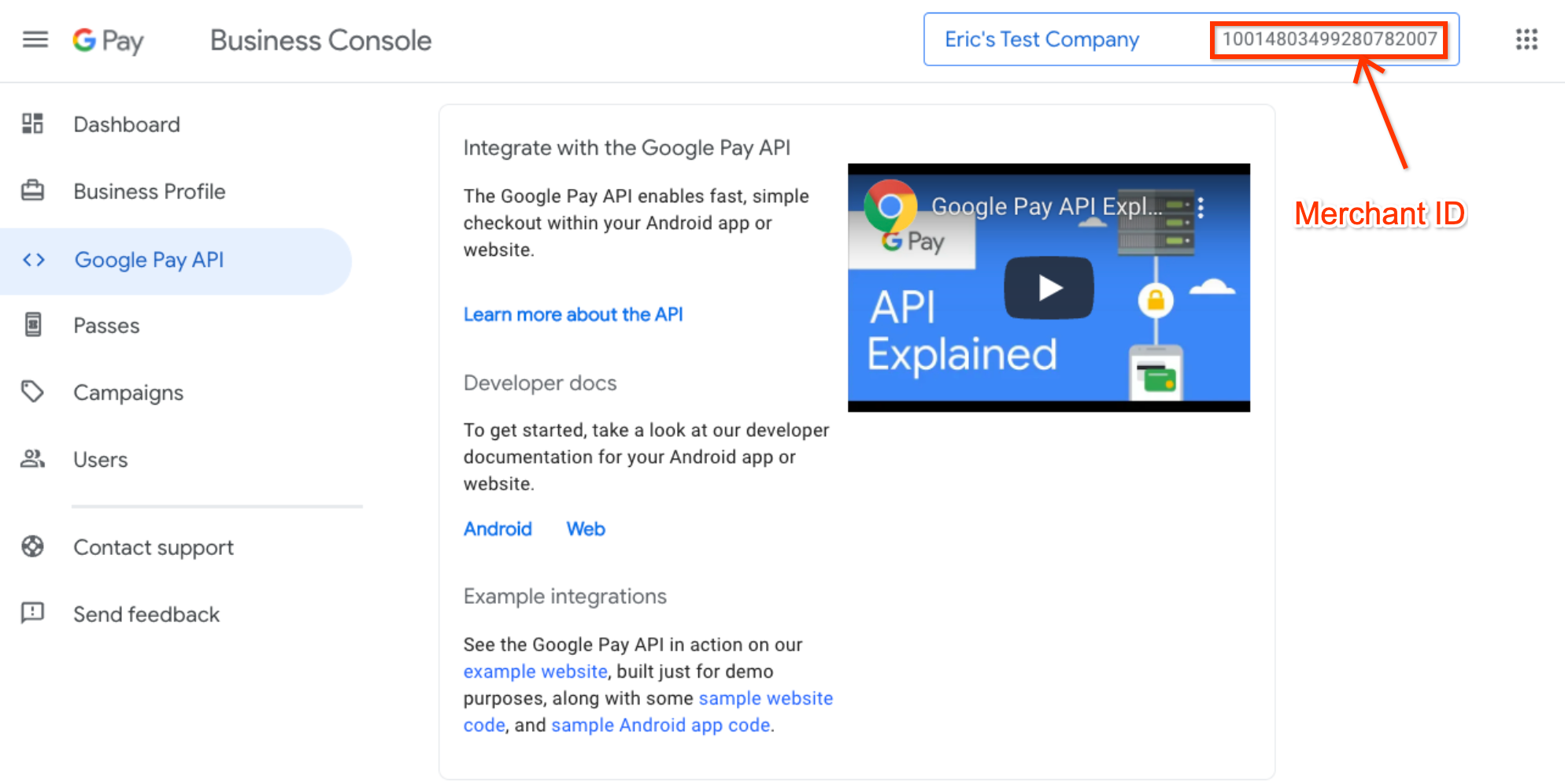Before you start your Ordering End-to-End integration, review the requirements and perform the relevant tasks in this guide to avoid development blockers and other delays.
File hosting and web service requirements
Ordering End-to-End requires that you self-host your data feed files and implement a web service that handles cart validation, order creation, and order status updates. Because there aren't specific programming language or application server requirements, Ordering End-to-End works with your preferred implementation as long as it adheres to Ordering End-to-End's API specification.
|
Required capabilities |
|
|---|---|
|
Secured data feed hosting |
You must be able to host data feed files on Google Cloud Storage, Amazon S3, or to an HTTPS server. |
|
Secured web service |
Your web service must be able to make and receive API requests in HTTPS. |
|
Response latency |
When Google sends requests to your web service, it must respond to the request within 8 seconds. |
|
Guest checkout |
Your web service must allow orders that use guest checkout, which are orders made by a user who either doesn't have an account or isn't logged in to your system. |
List restaurants in Google Business Profile
Adhere to the following requirements for Google Business Profile:
- To ensure that your restaurants in Ordering End-to-End are discoverable by customers, the restaurant locations must be listed in Google Business Profile.
- Each location you plan to integrate with Ordering End-to-End must have a Business Profile.
- For each of your restaurant locations that are registered in Google Business Profile, their
name and address must match the
Restaurantdata that you send to Ordering End-to-End.
Register as a merchant in Google Pay API
To provide online payment capability in the Ordering End-to-End user interface, you must register your business as a Google Pay merchant and use a Google Pay participating processor, as described in this section. Google Pay facilitates a tokenized payment between the user and your payment processor.
To register as a Google Pay merchant and enable the Google Pay API, perform the following steps:
- Open the Google Pay & Wallet Console page to register your business. If you are an existing Google Pay registered merchant, you may use the existing account. It is recommended to have a unique merchant ID for each Ordering End-to-End integration. To add a new business, click the merchant ID header then select, "Create a new business."
- Click on the Users menu tab to add a second user or multiple users to your business.
- Select the Google Pay API menu tab and click on Get Started on the Google API Pay page.
- Agree to the Google Pay API ToS.
- Your merchant ID is located on the console header. Provide this to the onboarding team you are working with from Ordering End-to-End.

- Confirm that you are integrated with one of the Google Pay participating processors.
- Work with your payment processor to obtain the Google Pay tokenization parameters properties as described by your gateway.
Test your tokenization parameters with Google Pay
Refer to the Google Pay payment processing test to satisfy the following requirements:
- Verify that your payment gateway is set up for you to request tokens through Google Pay.
- Test your Google Pay integration.
Have a D-U-N-S Number
A D-U-N-S Number is a unique nine-digit number assigned by Dun & Bradstreet to identify a business. It is used to verify the existence and legitimacy of a business. Google will also use your D-U-N-S Number to verify the name and address of your business. Before you start the D-U-N-S Number registration process, you should check to see if you already have one. You can do this using the D-U-N-S Number lookup tool. If you do not have a D-U-N-S Number, you can register your business by following the instructions here.
Have a public phone number
A publicly accessible phone number must be provided and should be associated with the business. Users should be able to reach the phone number during regular business hours. This is to ensure that customers can easily contact the business if they have any questions or concerns. Google must be able to verify the reliability and completeness of this phone number.
Have a public email address
The email address provided must be a valid and active address that is associated with your organization. It should be checked regularly by someone from your organization so that users can contact you if necessary. Google must be able to verify the reliability and completeness of your email address.
Next steps
To continue your integration efforts, perform the following steps:
- Review Ordering End-to-End Policies.
- Review the Relational inventory and Fulfillment actions specification guides.
- To begin your integration, please reach out to your Google consultant.